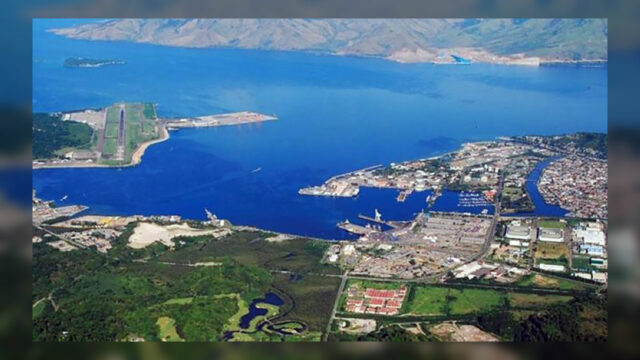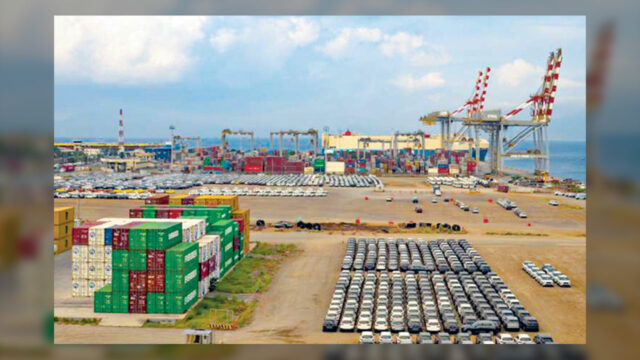ASIA-PACIFIC economies are expected to become less enthusiastic about globalization as growth weakens, with “nearshoring” picking up momentum to the possible benefit of industries like pharmaceuticals, Fitch Solutions unit BMI said.
“A more challenging economic outlook in the Asia-Pacific (APAC) region will limit scope for politicians to embrace globalization,” it said in a commentary.
“Southeast Asia is positioned to leverage nearshoring for economic growth, with the pharmaceutical sector poised to benefit significantly from these trends,” it added.
BMI expects growth in the region to settle at 4.7% this year and ease to 4.4% next year amid the slowdown in China.
“The economic slowdown will trigger a shift in attitudes toward globalization. Rising income inequality, exacerbated by depressed wage growth, will lead to the elevation of populist politicians, prompting an embrace of protectionist policy measures,” it said.
These dampened growth prospects will also remain “prominent” until 2025.
“In turn, weaker growth will likely also entrench voters’ concerns about their own prospects and erode appetite for major trade deals and other policies that would support globalization,” BMI said.
“The trend away from globalization will lead markets to prioritize policies to boost domestic economies, and developing the domestic pharmaceutical sector will be a prime target for several policymakers.”
Southeast Asia (SEA) is also “positioned to leverage nearshoring for economic growth,” BMI said, noting that the pharmaceutical sector is expected to “benefit significantly” from this.
“Nearshoring, the practice of relocating business operations to nearby countries, is expected to fundamentally redefine supply chain dynamics,” it said.
BMI said that geopolitical tensions may push US multinational drug manufacturers to move their operations elsewhere.
“As a result, SEA is well-placed to capitalize on this shift. SEA’s favorable conditions, including a growing labor force, improving infrastructure and supportive governmental policies, make it an attractive destination for pharmaceutical companies looking to diversify their supply chains and reduce dependency on any single market.”
BMI said that pharmaceutical sales in the region are projected to jump to $38.2 billion in 2028 from $29.2 billion in 2023.
“The implementation of nearshoring, backed by targeted foreign direct investment, could significantly enhance these growth forecasts, catalyzing the region’s integration into global value chains,” it added.
However, BMI noted that the region has yet to “fully harness” nearshoring initiatives.
“Despite several competitive advantages for markets across SEA, such as the favorable labor costs in comparison to Mainland China as well as its geographical proximity to the rest of APAC, the uptake of nearshoring initiatives has been slow.”
BMI expects Indonesia and Vietnam to maximize the nearshoring trend, resulting in “strengthened pharmaceutical trade and reduced external market dependency.”
It also noted opportunity areas for the Philippines. Last year, the government secured the agreement for the establishment of the first US Food and Drug Administration-approved manufacturing facility in the country, which is expected to “bolster the country’s global pharmaceutical industry presence.”
The Philippine Pharmaceutical Manufacturers Association has said that it plans to ramp up domestic manufacturers’ share of government procurement to 50% by 2030.
“These strategic initiatives undertaken by larger economies in SEA will pave the way for a significant transformation of the regional pharmaceutical landscape,” BMI said.
“Collectively, these efforts will position SEA as a hub for pharmaceutical manufacturing and research, attracting further investment and establishing more reliable and secure supply chains.” — Luisa Maria Jacinta C. Jocson











